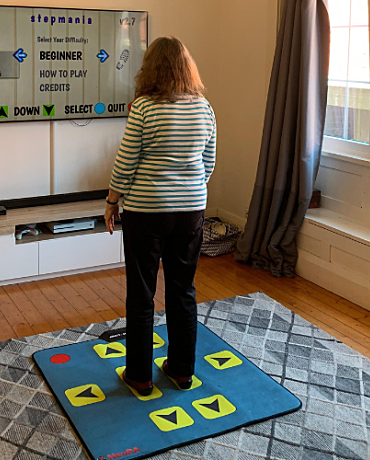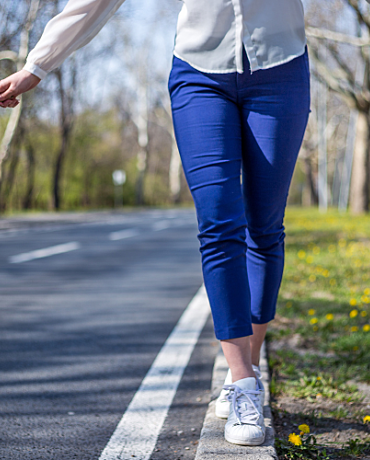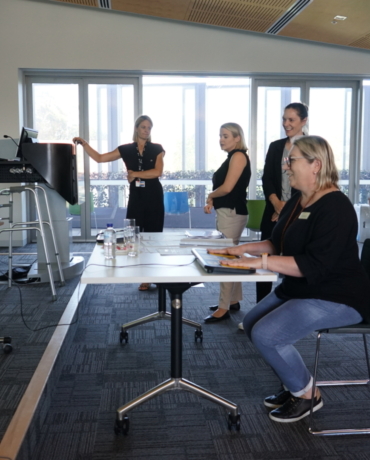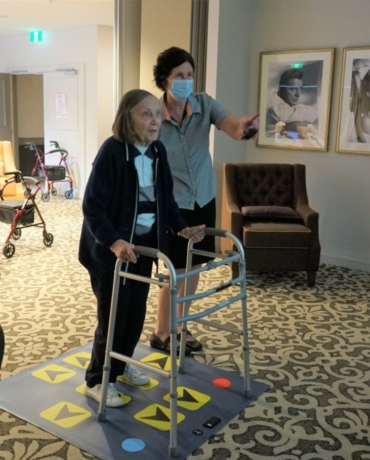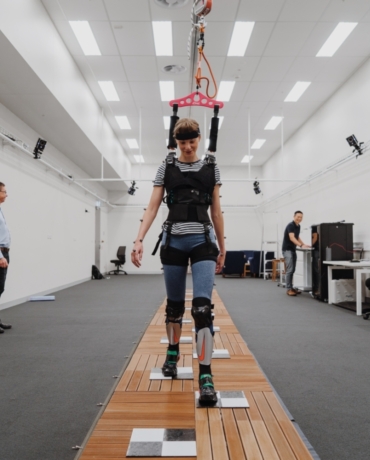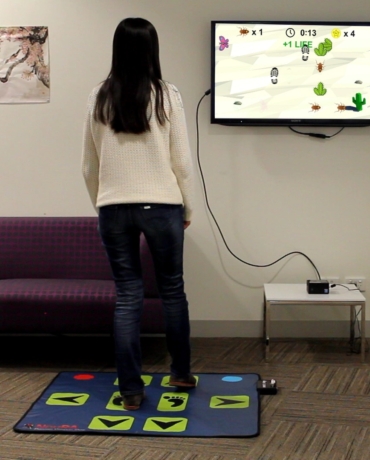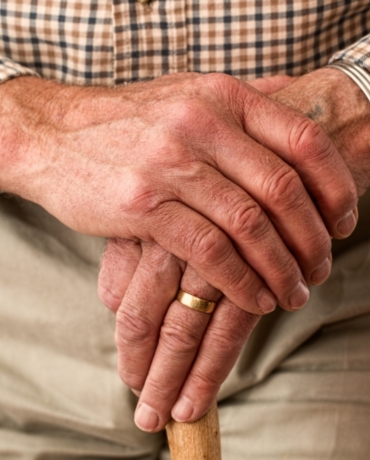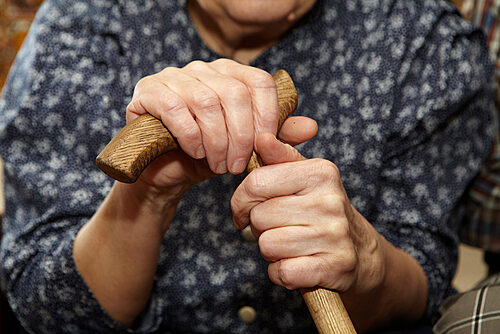Balance training
We are focused on deepening our understanding of balance and developing evidence-based training interventions to improve balance and prevent falls in older adults.
We are focused on deepening our understanding of balance and developing evidence-based training interventions to improve balance and prevent falls in older adults.
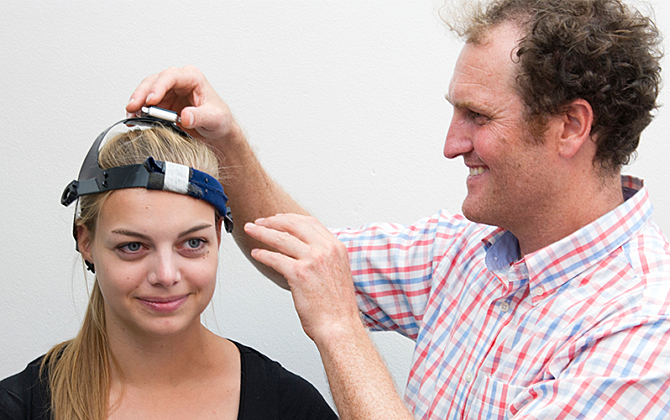
It is essential that balance exercises be incorporated into the physical activity programs of older adults. Neuromuscular, or balance, training is undertaken in order to improve posture, prevent injury or as a form of rehabilitation. Balance training is helpful for improving standing balance and locomotor performance in older adults.
Stepping impairments are associated with physical and cognitive decline in older adults and increased fall risk. Specific exercises can reduce fall risk but participants sometimes do not practise these regularly enough. A new video game that encourages step training (called an exergame) may provide an enjoyable exercise alternative for preventing falls in older people.
NeuRA’s research assessed the feasibility and safety of unsupervised, home-based training using a step pad. It also designed a step pad training trial and through that determined the effectiveness of this type of intervention.
A segment of our trial participants were provided with a computerised step pad connected to their TVs and played a step game as often as they liked for eight weeks. They were also asked to complete a reaction time test weekly.
We found that step pad training can be safely undertaken at home to improve physical and cognitive parameters of fall risk in older people without major cognitive and physical impairments
Every dollar of community support enables our scientists to continue making life-changing discoveries that contribute to a brighter and healthier future.
Run, swim or bake your way to making a positive difference in the lives of people touched by brain and nervous system disorders.
Stay informed about our latest research breakthroughs, scientific discoveries and the incredible minds behind them – subscribe today.
Redevelopment of the NeuRA website has been made possible by the generous support of Conexus Financial.
Neuroscience Research Australia respectfully acknowledges the Bidjigal and Gadigal peoples of the Eora Nation as the Traditional Owners of the Land on which we stand and pay our respects to Elders past, present and future.


